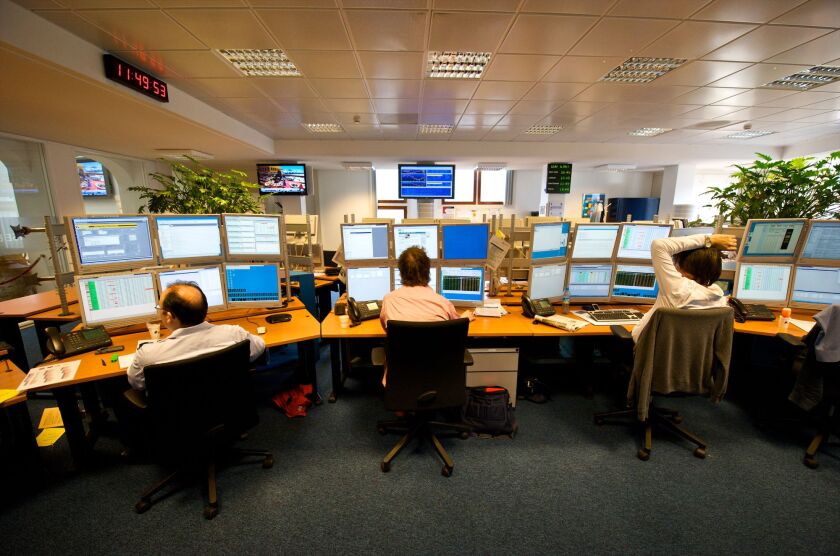A core objective of the Capital Markets Union is to address the fragmentation between the European Union's 27 member states.
Rather than try to do it all in one fell swoop, or through a regulatory ‘big bang’, a piecemeal, pragmatic approach is needed to revitalise progress and tackle the root problem: fragmented markets.
Exactly why is best viewed through the lens of EU stock exchange reform. As of today, there are 57 of them, each subject to their own local, complex, and divergent rules.
This complicates the regulatory picture and deters international investors from seeing the EU as one viable trading venue, ultimately a detriment to its global financial appeal.
Agreeing to a phased approach towards a scaled down CMU would be a practical starting point. And the primary focus should be on harmonising and centralising European stock exchanges into a single, cohesive entity. Doing so would ultimately attract international capital flows that would support the rest of the CMU project.
The CMU was established in 2015, and has since experienced a lethargic genisis. The project was recently reaffirmed by Christine Lagarde, president of the European Central Bank, as a transformative initiative to deepen and integrate financial markets across the EU.
Integrating exchanges would be a huge first step and it has started, albeit privately. Euronext operates as a pan-European stock exchange that consolidates seven country exchanges, and since 2021 has been the continent's largest stock market operator.
But this arrangement doesn’t necessarily break ground with Europe’s fragmentation problem, as the exchanges merged under Euronext still operate quasi-independently with their own state-specific rules and regulations.
A German company incorporated in the Netherlands dealing with the Dutch regulator creates complexity, which is poison to a concept like CMU.
There have been other initiatives in the EU to create centralised data pools. The European Single Access Point (ESAP) — an EU-wide platform that offers access to company information and data about activities that relate to the capital markets and sustainable finance — is one. A similar initiative for trading data — the Consolidated Tape — aims to consolidate market data from local stock exchanges and trading venues into a single stream for each asset class.
These initiatives were baby steps in the right direction. Harmonising stock exchanges will bring CMU to stand on its own two feet for the first time.

